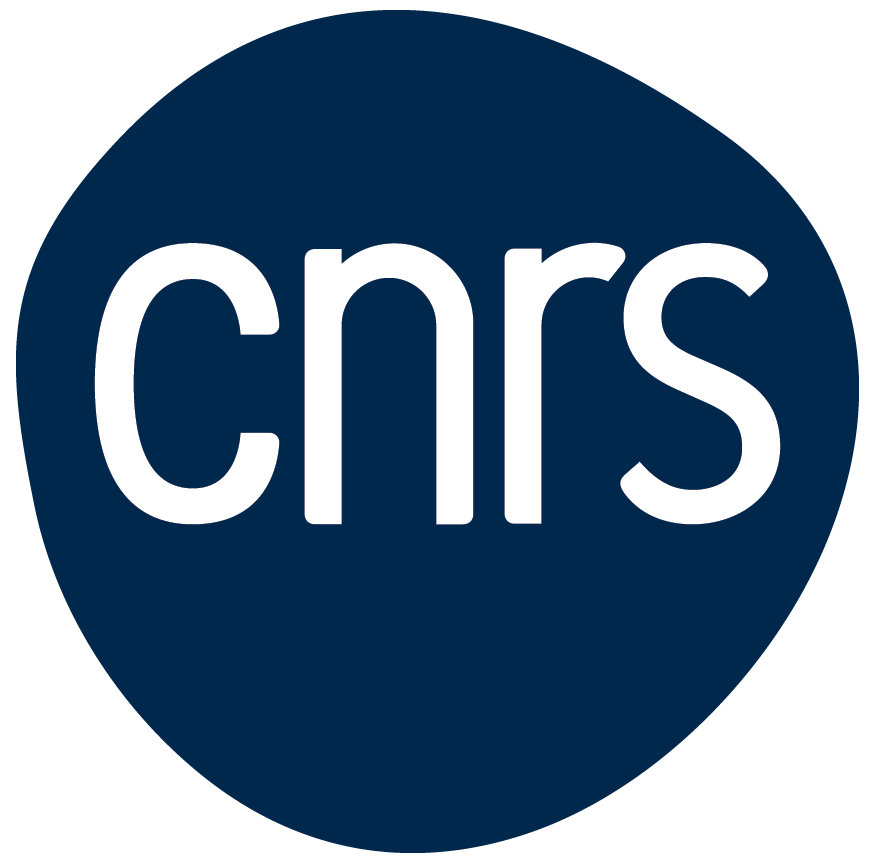phd offer
Sciences and Engineering of Soft Matter (SIMM), UMR 7615
Adress : ESPCI – 10 rue Vauquelin – 75231 Paris Cedex 05
Chair : Jean-Baptiste d’Espinose
Contact : Contact: Anniina Salonen (![]() ), Reinhard Höhler (
), Reinhard Höhler (![]() )
)
PhD funding pending from European Space Agency (ESA)/Centre National des Etudes Spatiales (CNES)
Aqueous foams are dispersions of gas bubbles in a liquid. These out of equilibrium systems will evolve towards disappearance through several ageing mechanism. Surface tension drives the growth of bubble size, as gas diffuses from smaller bubbles to larger ones due to differences in Laplace pressure. As the bubbles grow (or shrink) they will push (or pull) on their neighbours pulling the structure out of equilibrium. At a critical energy the bubbles will rearrange. They change neighbours as shown in the photographs in the top row of the figure below, where the red bubbles shrink and between images b and c the bubbles change places. The resulting dynamics of the bubbles is characteristic of many soft systems (colloidal glasses, concentrated emulsions etc), and still the object of many studies.
The experimental PhD will probe bubble dynamics in wet foams, and in particular the role of interactions between the bubbles on this process. In three dimensional samples this is impossible on Earth because gravity leads to the liquid flowing out of the foam changing the gas volume fraction (resulting in dry foams). To get around this we have two solutions, we can carry out experiments on the coarsening of thin layers of bubbles or work in microgravity. We have recently completed experiments aboard the International Space Station. Examples of images obtained aboard the ISS are shown the bottom row in the figure above.

The experimental PhD project requires carrying out two parallel projects around foam coarsening. One of them involves carrying out experiments on ground. This requires setting up an experiment to study foam ageing, taking images, analysing and interpreting data. The second project consists of analysing and interpreting the data taken in microgravity. We are looking for an enthusiastic experimentalist, who is happy to spend time on data analysis and interpretation.


